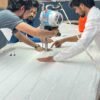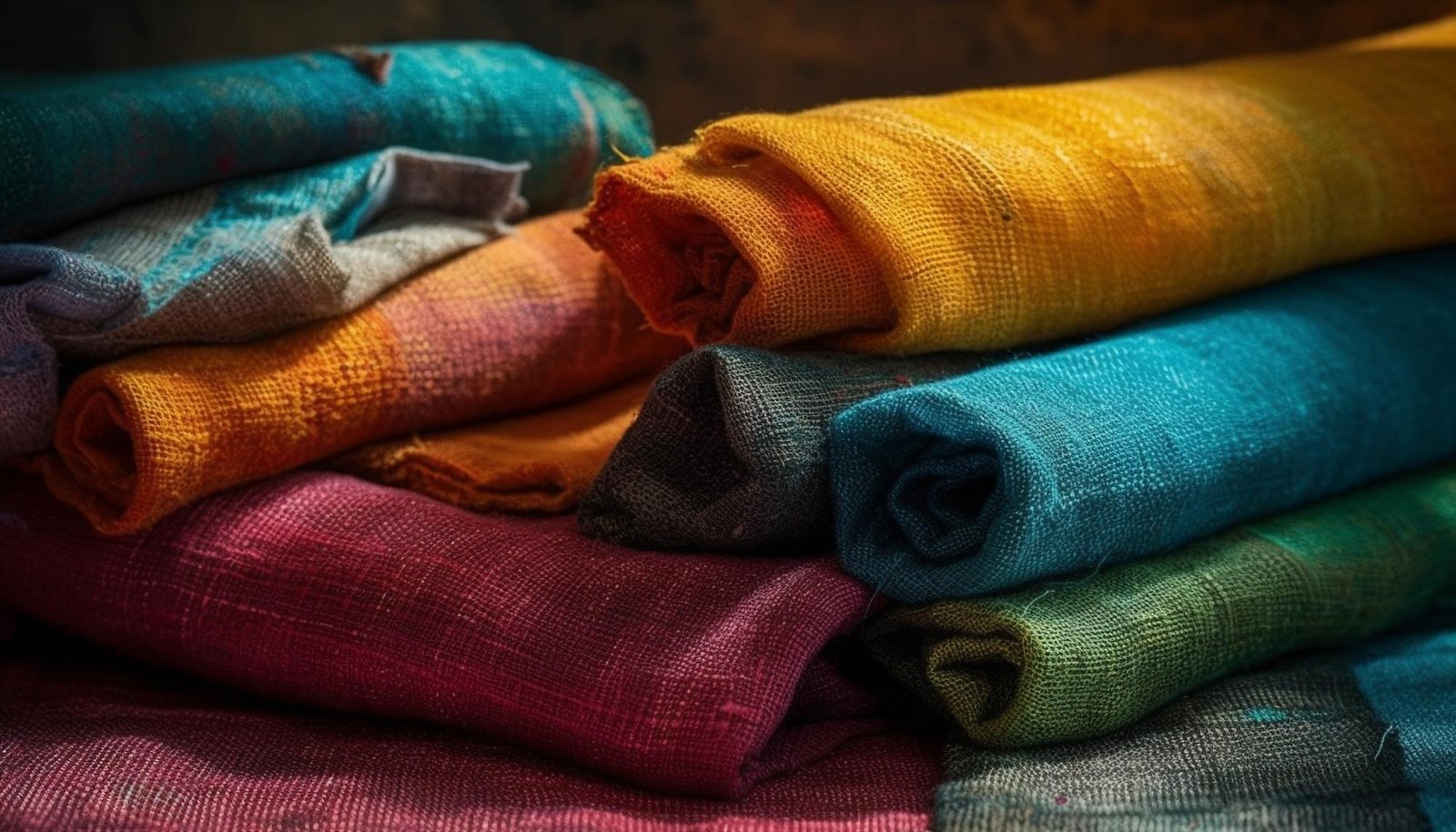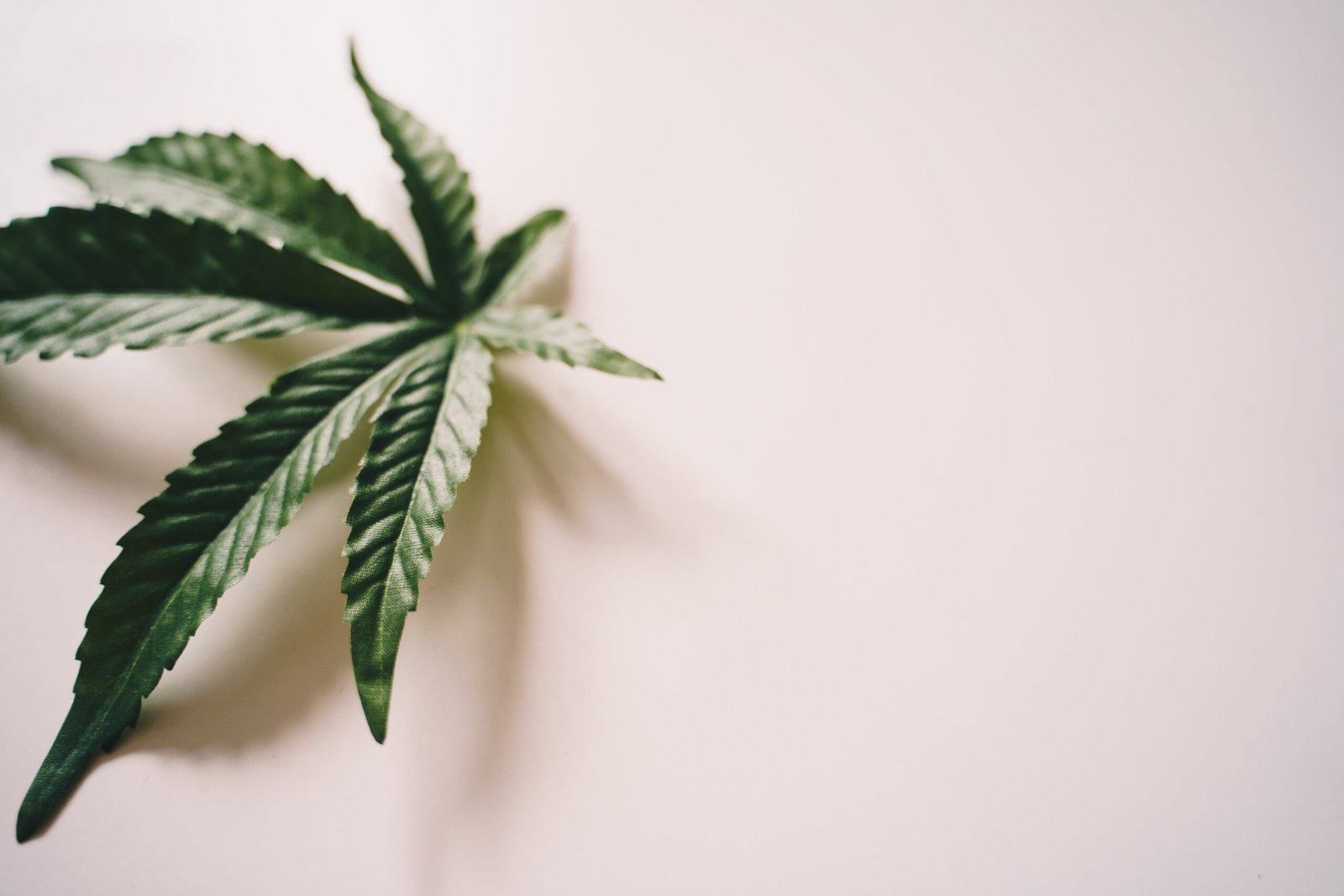Nurturing Sustainability
Nurturing Sustainability: Why Parents Should Introduce Hemp Fabric Apparel to Their Children As conscientious parents, we often strive to instil values that will shape our children into responsible global citizens. In an era where environmental concerns are paramount, teaching our youngsters about sustainability becomes an essential part of their upbringing. One impactful way to introduce this concept is through the garments they wear. In this regard, hemp fabric emerges as a powerful ally in nurturing environmental consciousness among our children. Why Sustainability Education Matters Teaching children about sustainability is akin to providing them with a blueprint for a better future. By acquainting them with the principles of conservation, responsible consumption, and eco-friendly practices, we empower them to make informed choices that positively impact the world. The Role of Hemp Fabric in Sustainable Apparel Hemp, a versatile and eco-friendly material, holds immense potential in revolutionizing the textile industry. As a fabric, it offers a myriad of benefits that align with sustainable living: Environmentally Friendly: Hemp cultivation requires minimal water, no pesticides, and it enriches the soil. It’s a renewable resource that grows quickly, making it one of the most sustainable fibres available. Durability: Hemp fabric is renowned for its durability. Clothes made from hemp endure frequent washes and wear, making them an excellent choice for children’s active lifestyles. Comfort and Safety: Hemp fabric is naturally hypoallergenic and breathable, ensuring comfort for sensitive skin. Additionally, it offers UV protection, safeguarding delicate young skin from harmful rays. Versatility: Hemp fabric is incredibly versatile, suitable for a range of clothing styles. Its adaptability means children can enjoy fashionable, comfortable apparel while contributing to a more sustainable future. How Parents Can Introduce Hemp Apparel to Children Educating children about sustainability through hemp fabric apparel involves a multi-faceted approach: Interactive Learning: Engage children in age-appropriate discussions about sustainability, highlighting the importance of using eco-friendly materials like hemp. Incorporate fun activities or stories that showcase the benefits of sustainable living. Lead by Example: Parents serve as role models. Demonstrating eco-conscious choices in everyday life, including opting for hemp-based clothing, creates a lasting impact on children. Shopping Mindfully: Involve children in the shopping process. Explain why choosing hemp apparel contributes to a healthier planet. Encourage them to appreciate quality over quantity, emphasizing the durability and sustainability of hemp fabric. Encourage Curiosity: Encourage children’s curiosity about hemp. Share information about its cultivation, history, and versatility. Visits to hemp farms or participating in eco-friendly workshops can further enrich their understanding. Conclusion In a world where environmental awareness is crucial, nurturing sustainable practices from an early age becomes paramount. By introducing hemp fabric apparel to our children, we not only provide them with comfortable and durable clothing but also equip them with the knowledge and values to make mindful choices that benefit the planet. At Echo Earth, we are committed to offering high-quality hemp fabric apparel for children. Our range combines style, comfort, and sustainability, allowing parents to make eco-friendly choices without compromising on quality. Let’s join hands in shaping a brighter, more sustainable future for the generations to come. Together, let’s dress our children in garments that inspire change and embody the values of a sustainable tomorrow.














